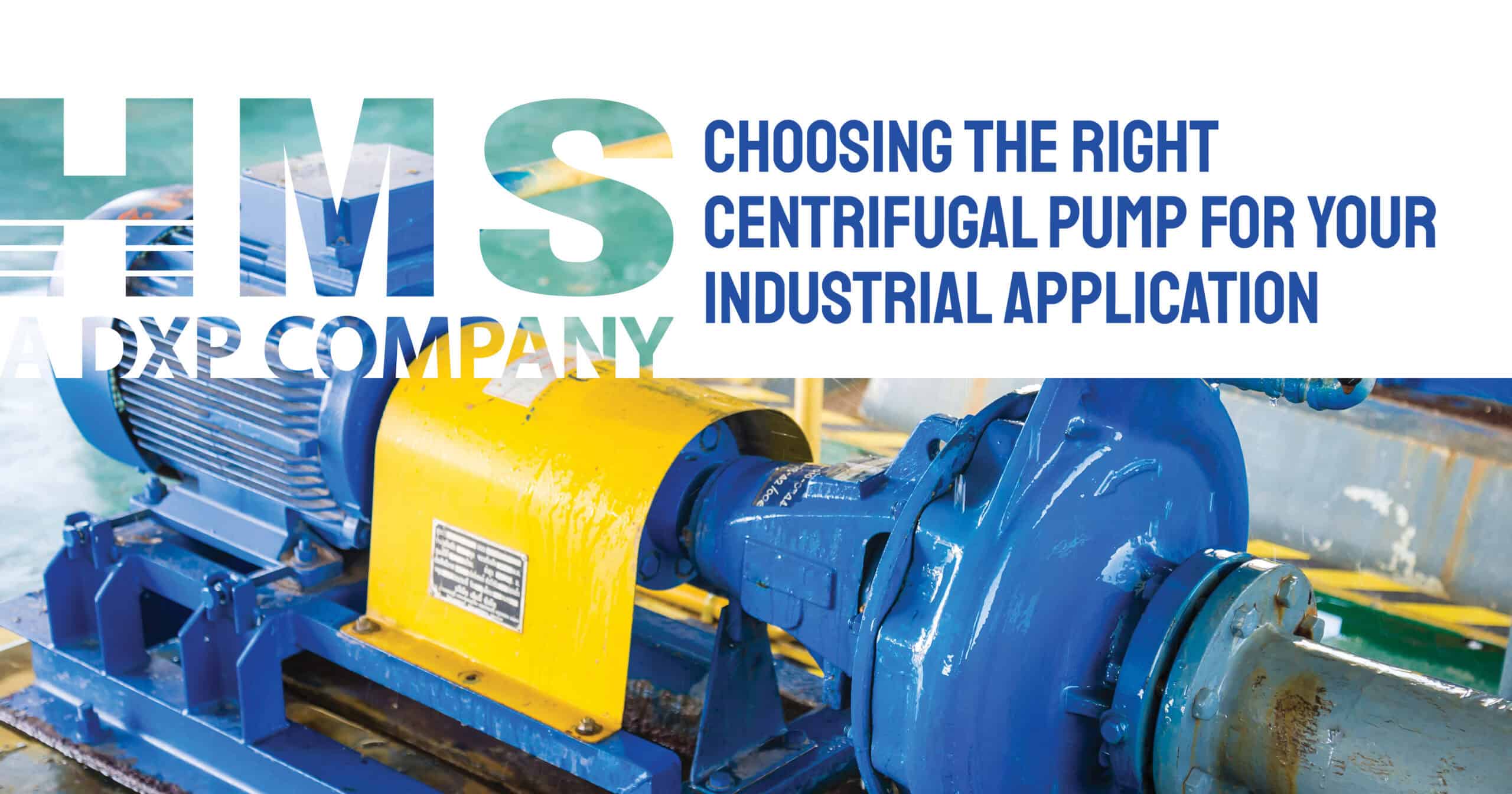When it comes to moving fluids efficiently in industrial settings, centrifugal pumps are often the first choice. Their versatility, reliability and ability to handle a wide range of operating conditions make them indispensable across various industries and applications. However, not all centrifugal pumps are alike. Selecting the right pump for your system requires careful evaluation of key factors like flow rate, fluid properties and system requirements.
At Hennesy Mechanical Sales, a DXP company, we know that making the right choice upfront can mean the difference between long-term efficiency and costly operational headaches. Here’s a guide to the key factors you should consider.
Define Your Flow Rate and Head Requirements
The starting point in pump selection is determining how much fluid your system needs to move (flow rate) and the pressure required to move it (head). These two parameters dictate the pump’s size and performance curve.
- Flow rate is typically measured in gallons per minute (GPM) or cubic meters per hour (m³/h).
- Head refers to the energy needed to move the fluid through the system and is influenced by elevation, friction losses and system design.
Selecting a pump that operates near the center of its performance curve ensures efficiency, reduces wear, and extends equipment life.
Understand the Fluid You’re Pumping
Not all fluids behave the same, and the properties of your fluid will directly impact pump design. Consider:
- Viscosity: Thicker fluids require more energy to pump and may demand specific impeller designs.
- Corrosiveness: Chemicals or aggressive liquids may require pumps constructed from special alloys or non-metallic materials.
- Solids content: Slurries or fluids with suspended solids require pumps designed to minimize clogging and wear.
- Temperature: Hot or cryogenic fluids necessitate materials and seals that can withstand extreme conditions.
By matching pump materials and configurations to your fluid, you reduce risks of premature failure and costly maintenance.
Align Pump Design with System Requirements
Centrifugal pumps come in many styles, each designed for particular applications. Some examples include:
- End-suction pumps: Versatile and cost-effective, often used in water transfer and general industrial service.
- Split-case pumps: Suitable for high-flow, low-head applications where reliability and ease of maintenance are key.
- Multistage pumps: Designed for high-pressure applications such as boiler feed or mine dewatering.
- Magnetic drive pumps: Ideal for hazardous or corrosive fluids where leak prevention is critical.
The right pump design depends on your fluid and flow requirements, as well as your production priorities. Your goals may be to minimize downtime, improve energy efficiency or ensure worker safety.
Consider Efficiency and Life-Cycle Costs
It’s easy to focus on the upfront purchase price, but the true cost of a pump lies in its long-term operation. An inefficient pump can consume significantly more energy, while frequent breakdowns drive up maintenance and repair costs. Selecting the right pump the first time lowers total cost of ownership, boosts reliability and enhances productivity.
Work with a Trusted Partner
Choosing the right centrifugal pump can feel complex, but you don’t have to do it alone. At Hennesy Mechanical Sales, a DXP company, we specialize in matching pumps to customer needs. Our team considers all aspects—fluid properties, system design, performance requirements and operating conditions—to recommend the best solution. We also provide installation, service and ongoing support to keep your system running at peak performance. Contact us today to learn more and schedule an introductory consultation with our engineering team.





